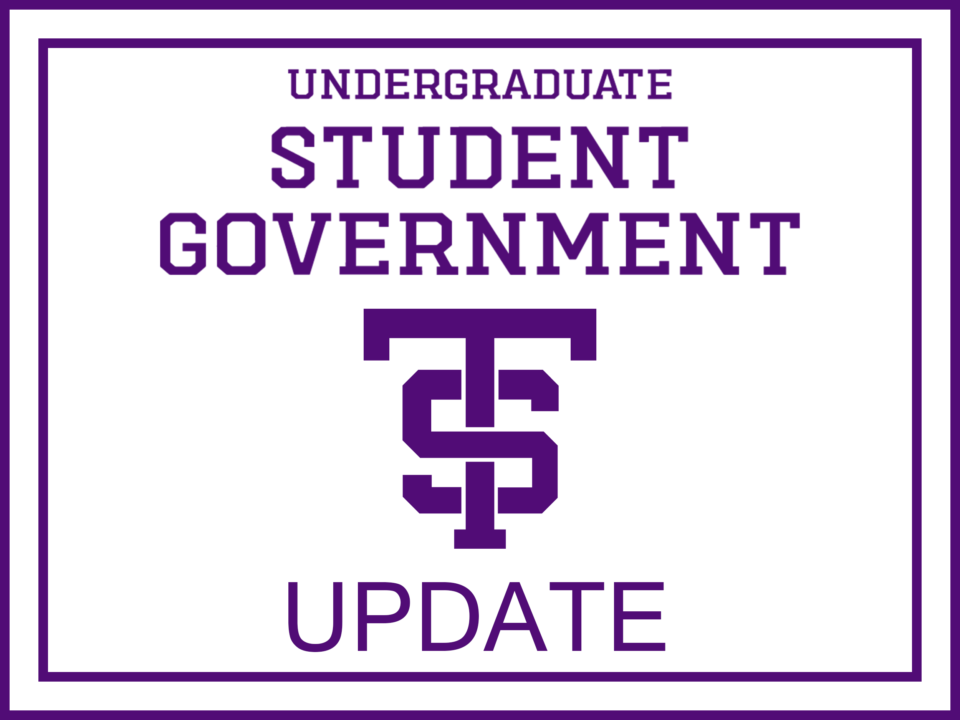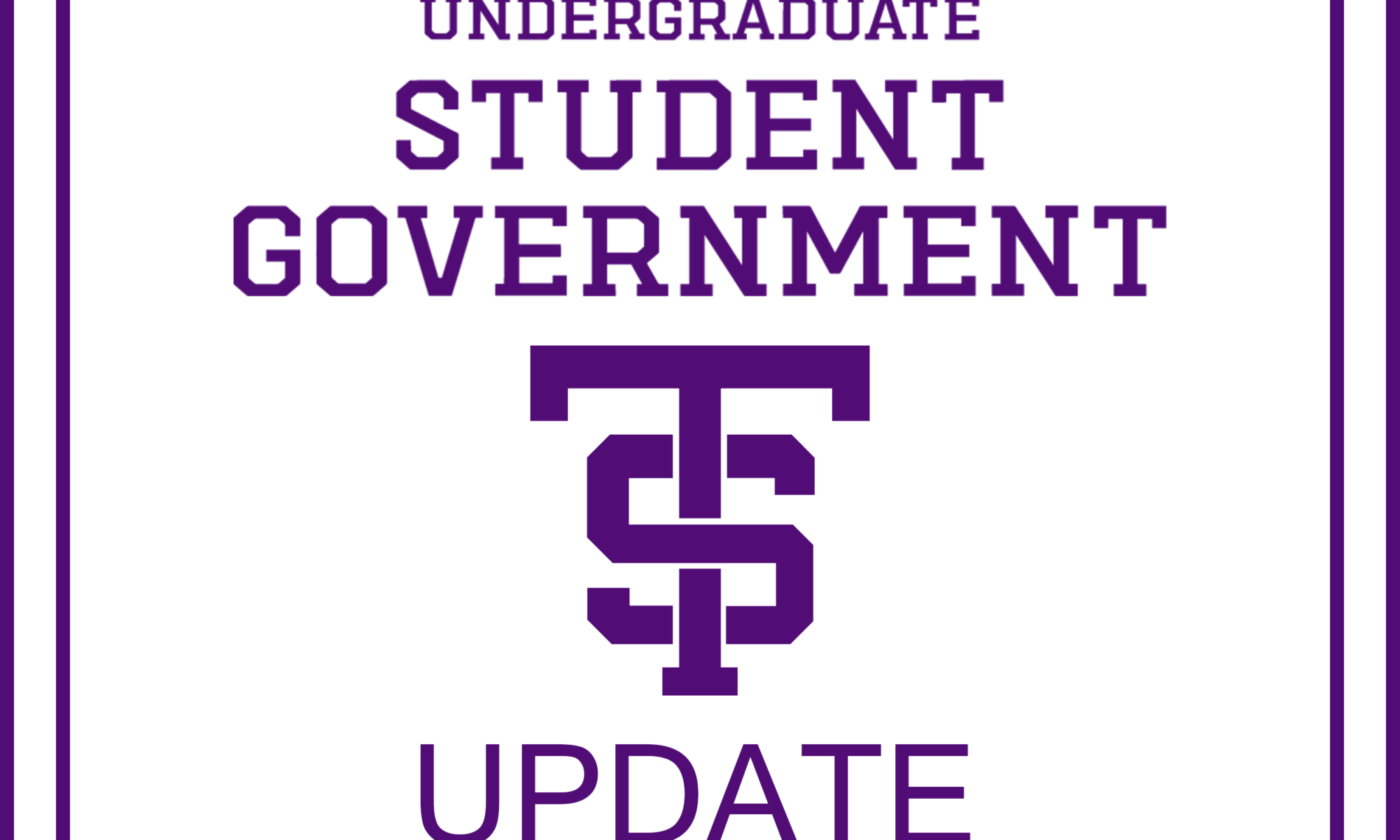
The St. Thomas Undergraduate Student Government invited President Robert Vischer to talk about increasing national student enrollment, staff diversity and alumni/graduate engagement on Thursday, Oct. 26.
Guest Speaker: Robert Vischer
The 2025 Strategic Plan is focused on three key values: visibility, culture and innovation, according to Vischer.
Vischer has been working with departments like Admissions & Aid to expand student enrollment nationally. The current rate of out-of-state students is 20%. Vischer said that he wants to increase that number and reach about 35% while still maintaining a strong Minnesotan population.
“We care about our students’ bodies, minds and spirits. We’re not just providing job skills, we’re providing something deeper and richer than that, it’s a whole person experience,” Vischer said. “If we can do that on a national scale, it’s going to be amazing.”
Vice president of academic affairs Maggie Bau voiced her concerns with the university’s aspiration to increase student enrollment, specifically with the tearing down of student residence Cretin Hall after this academic year to make room for the Anderson Arena. St. Thomas requires students to live on campus for their first two years.
“With the school’s expansion plans and visibility plans, that leads us to the idea that the physical university itself will also expand,” said Bau. “Are there plans for the university to grow bigger?”
There are no immediate plans to physically expand the St. Thomas campus other than current construction plans. This is due to legal restrictions within the St. Paul neighborhood, according to Vischer.
“We like our size now but, to maintain our strengths, we just need to grow in terms of where we’re drawing students from,” Vischer said.
National and international students come with diversity in background and culture. Diversity, Equity and Inclusion is an area that needs growth at St. Thomas, especially within faculty and staff, according to Vischer.
“We want everybody who sets foot on our campus to have the experience of being seen, known and valued.” Vischer said.
The diversity rate of faculty is currently 19%, but the hiring rate is at 24%, according to Vischer. Although the rate of diversity has increased, the university is still struggling to have a high turnover of diverse staff.
The interest in DEI work has largely decreased after the murder of George Floyd in 2020. The layoff of DEI professionals has been higher than the layoffs of the general employee population, according to Vischer.
“We’re trying to connect with people on a very relational basis to stretch and grow them well off beyond their comfort zones. I think that’s how you build culture,” Vischer said.
In order to build culture and accommodate for an increase in staff and students, the university will need to create innovations within itself, according to Vischer.
“Higher education is good at maintaining strong traditions of learning,” Vischer said.
This fall, the university launched a leadership program for students seeking their master’s degree. It’s shorter, asynchronous and affordable, according to Vischer.
Next fall, the university plans to launch a master’s program for business management. This program is for students who did not major in the business field but need a deeper understanding of business principles and management skills.
Both of these programs are and will be used to encourage higher education for graduate students.
“Universities tend to innovate around crises, but not as an ongoing way of doing their business so, because of that, we’re trying to build a culture of innovation,” Vischer said.
The next USG general meeting will be at 12 p.m. on Thursday, Nov. 2 at the Iverson Center for Faith.
Gwynnevere Vang can be reached at vang5129@stthomas.edu.

